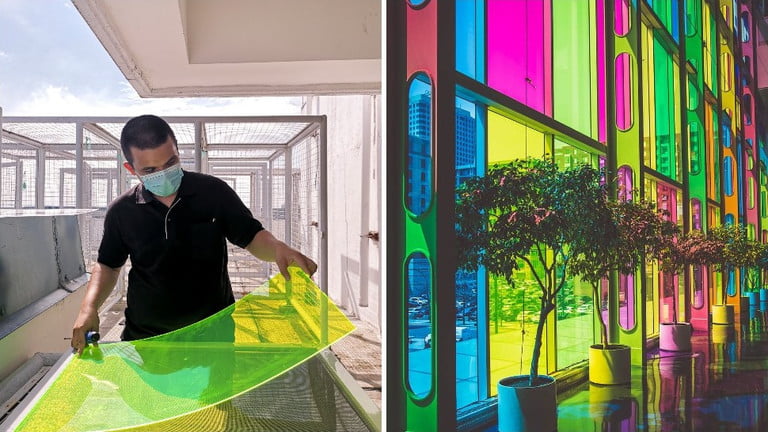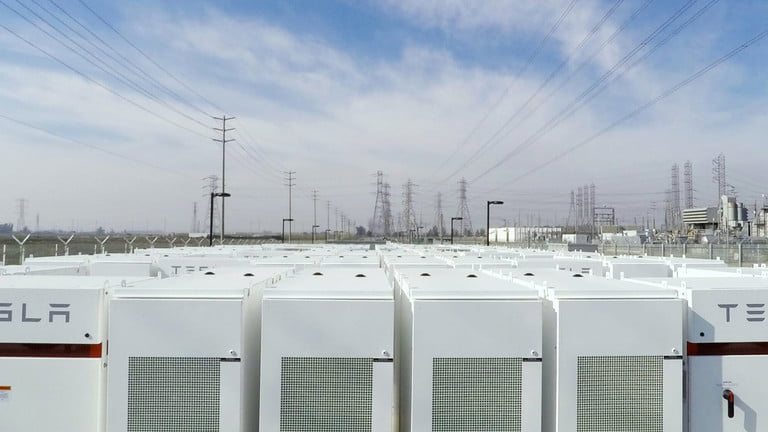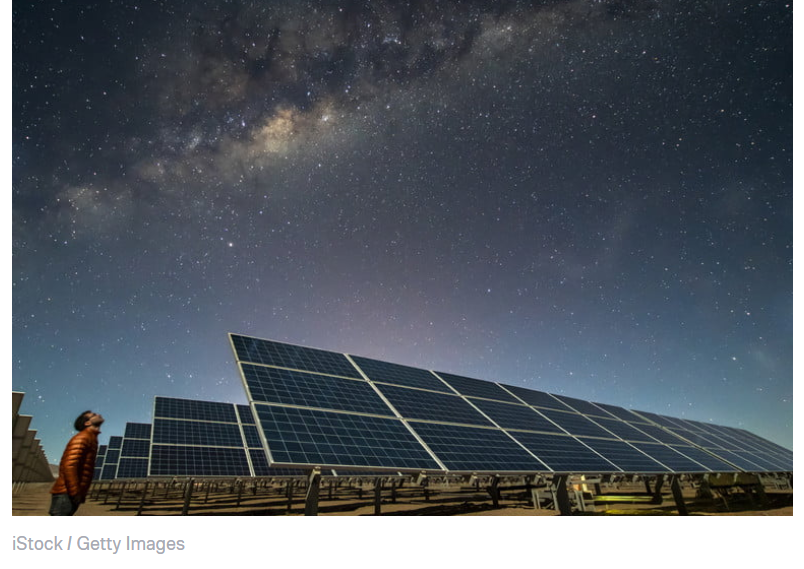Picture Credit: iStock / Getty Images
It sounds a bit strange, but it’s scientifically sound. The idea is that you point the panel at space during the evening, and it will be warm relative to the cold of space, which will cause it to radiate heat as invisible infrared light. You can then capture that infrared light to generate electricity.
Aaswath Raman, an assistant professor of materials science and engineering, tells Digital Trends that this would help you generate electricity at night, but it won’t generate nearly as much electricity as a solar panel does from the sun.
“The sun as an energy resource is vastly more powerful than what you can get out of this cooling effect at night that we take advantage of — radiant cooling,” Raman says. “From an electricity generation point of view, it’s always, at best, I think, going to be additive.”
Raman says if you’ve already invested in installing solar panels, this can help get you more bang for your buck by improving “the economics of the underlying system.”
Capturing more wavelengths
Solar panels capture a large portion of solar radiation, but they don’t capture everything. They’re great for generating electricity from direct sunlight, but they’re not so great at generating electricity on a cloudy day. One solution to this problem that’s been proposed is capturing invisible ultraviolet light, which is present even when it’s cloudy, and then converting it into visible light to generate electricity as a solar panel normally would.

“There’s stuff that’s coming at long wavelengths from the sun that a solar panel usually doesn’t convert,” Raman says. “It just goes into heat, and people have proposed and … shown ways that you can convert some of that light into light that a solar panel could make into electricity.”
Building bigger batteries
When all else fails, there’s also a well-established workaround to the fact that solar panels don’t produce power at night: Store excess energy while the sun is out in batteries. You may have seen the microgrids Tesla has built around the world, for example.
Raman says batteries will be a crucial part of solving solar power’s biggest problem, but we’re not currently at a place where batteries can store enough electricity to run a city, for example. He says we still need to develop new battery technology to store such a massive amount of energy.

“There are options today that are doable and usable for relatively small scales. It’s really a question of how big can you go,” Raman says. “The scales get pretty daunting when you are thinking about how much battery power you need.”
Researchers are looking into everything from flow batteries to compressed air to store energy. Raman says the solution to solar power’s problems doesn’t have to be just batteries or some other idea, either. He says we can utilize multiple different technologies to solve this problem.
“You will see a huge amount of battery deployment, for sure. Will that be everything? I suspect not,” Raman says. “I suspect there will be other ideas.”
Article Credit: digitaltrends
